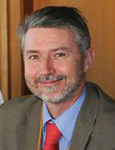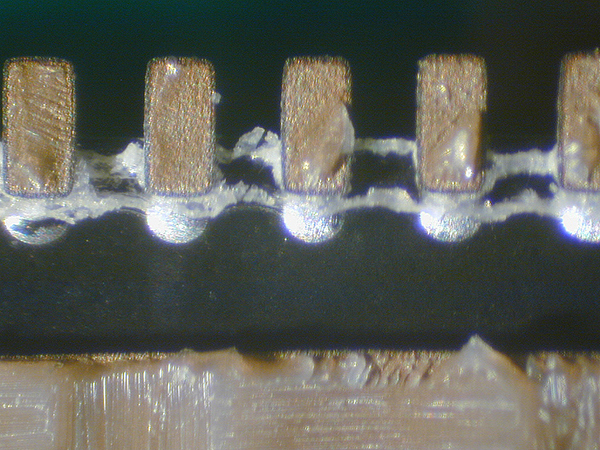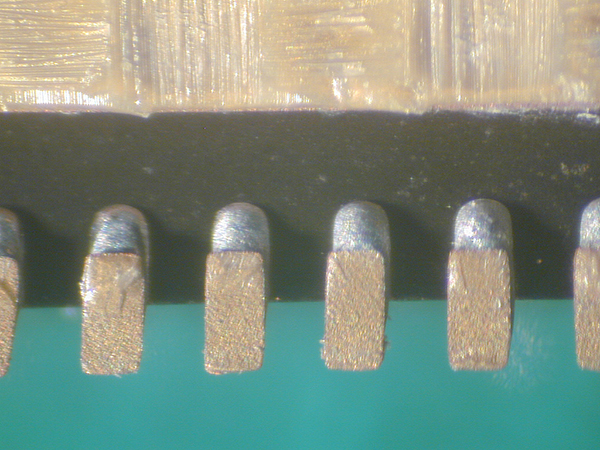Satisfactory Cleaning under QFNs

Incompatible paste-cleaner chemistry can leave unwanted residues.
Many engineers highlight potential problems of cleaning under QFN/LGA packages. Others, however, have achieved reliable results. Take FIGURES 1 and 2. They show the base of components that have been mechanically removed from boards after cleaning. Both were cleaned in a dishwasher-style batch cleaner with one cleaning chemistry and an identical process cycle lasting a total of 30 min. The difference is that in Figure 1 the solder paste residue is not compatible with the cleaning chemistry. Extending the cycle time or adjusting the process steps may yield better results, but there is no shortcut to basic testing and making sure material is soluble after reflow.

Figure 1. Poor solubility of flux residues.

Figure 2. Satisfactory cleaning under QFN.
A key feature on any cleaning process is solubility of residues in the chosen cleaning material. Often companies have soldering residues they want to clean, no compromises. The solution is to select the right combination of paste and cleaning chemistry, which cannot only get the best results but also reduce cleaning time.
The major suppliers spend a lot of time testing different paste and liquid flux combinations with different cleaning systems to find the best performance. These suppliers normally have most of the sweet spot for a particular material well defined; all you need to do is ask them. If they have not tested your product, they are usually happy to do so.
These are typical defects shown in the National Physical Laboratory’s interactive assembly and soldering defects database. The database (http://defectsdatabase.npl.co.uk), available to all this publication’s readers, allows engineers to search and view countless defects and solutions, or to submit defects online. To complement the defect of the month, NPL features the “Defect Video of the Month,” presented online by Bob Willis. This describes over 20 different failure modes, many with video examples of the defect occurring in real time.
is with the National Physical Laboratory Industry and Innovation division (npl.co.uk); chris.hunt@npl.co.uk. His column appears monthly.




